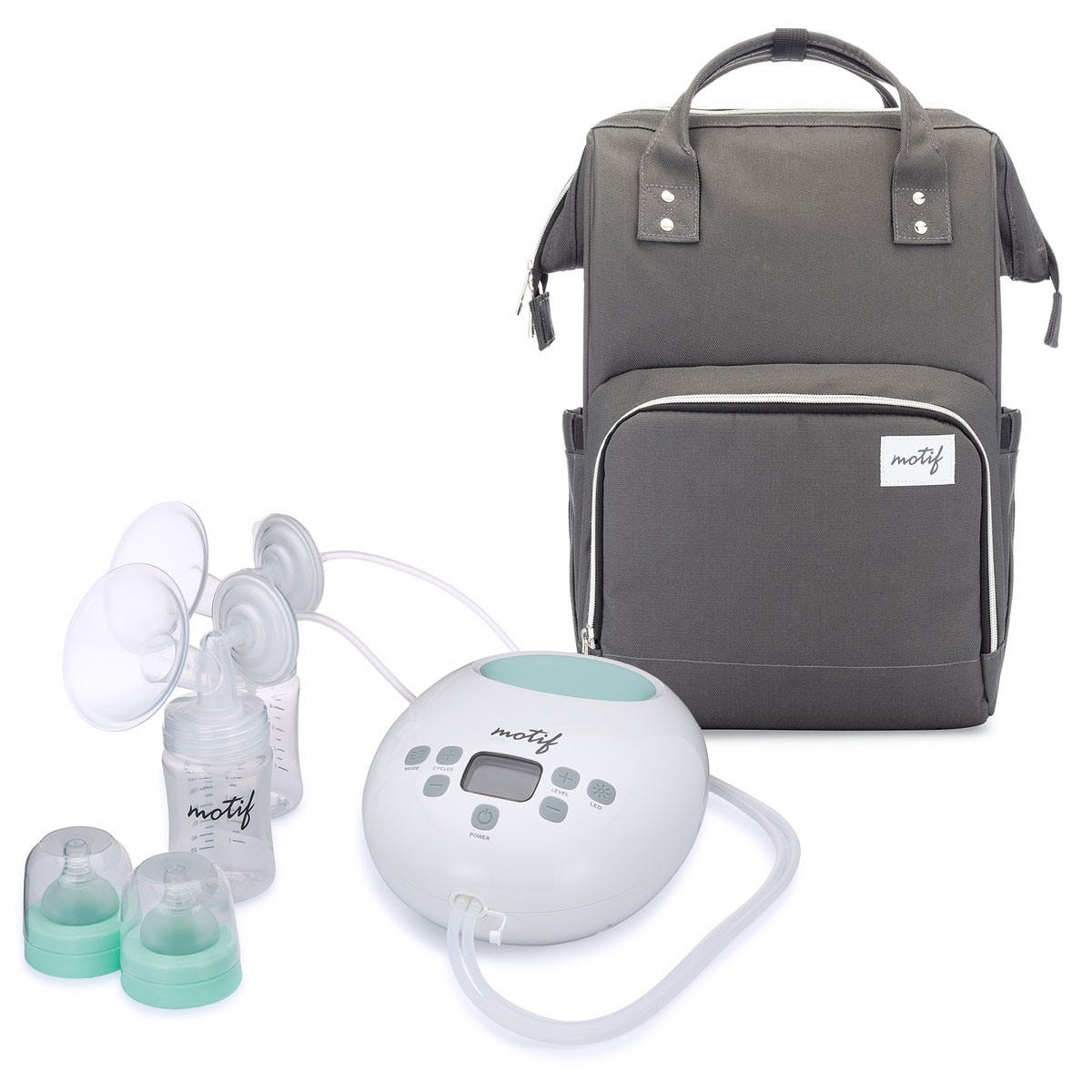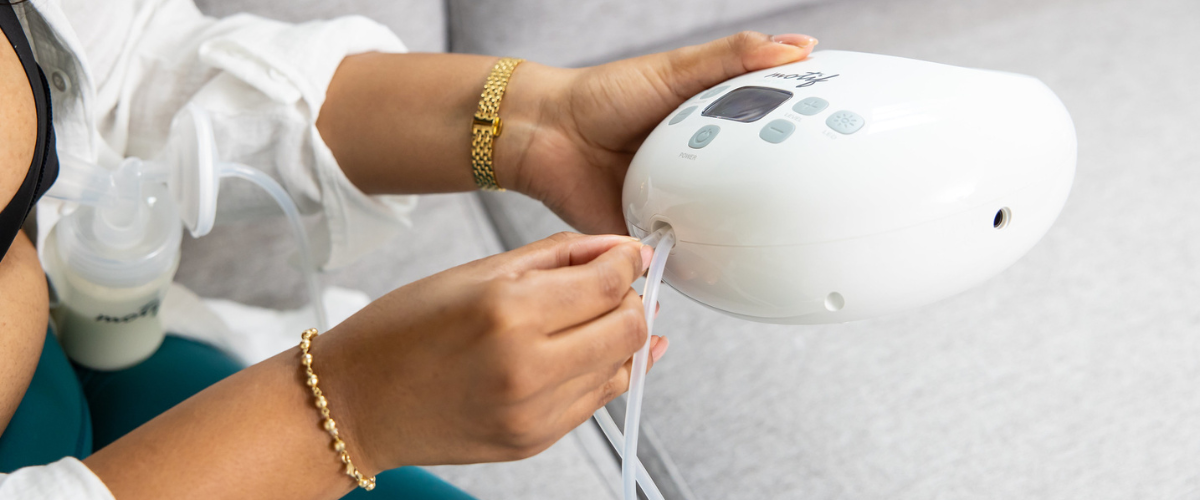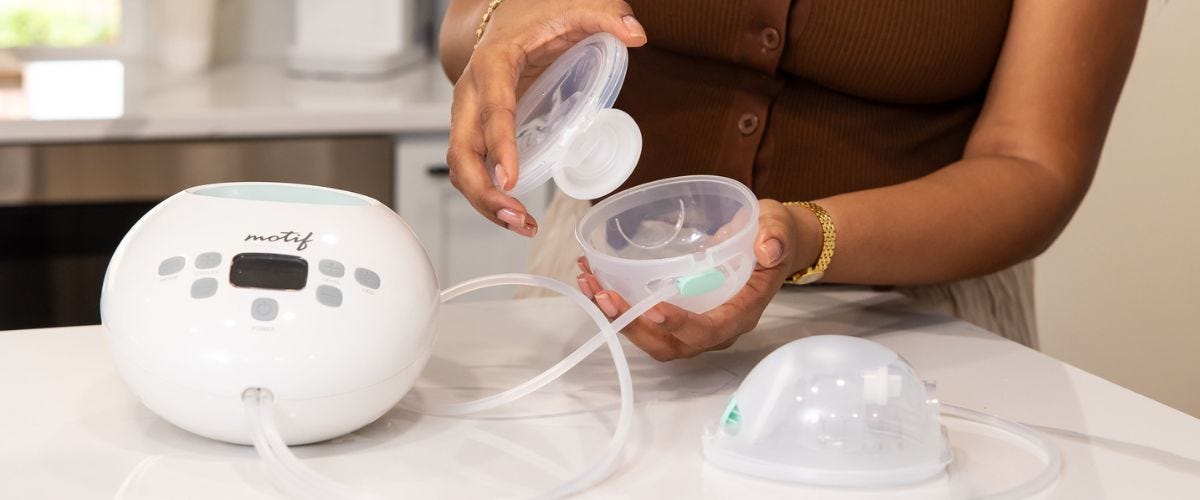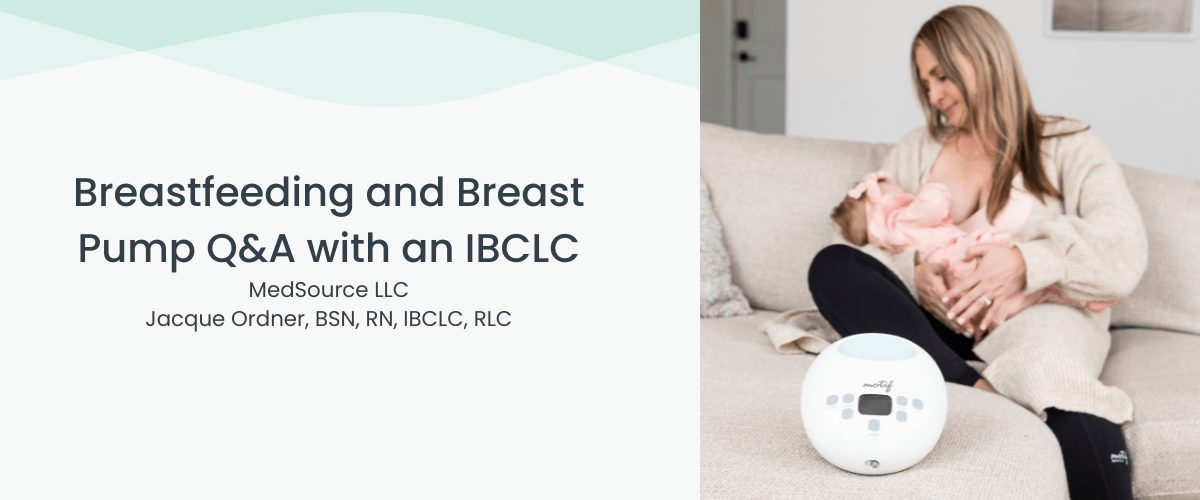Patient Protection and Affordable Care Act of 2010
Are you trying to figure out where to start with navigating insurance coverage for your breast pump? What if your insurance plan doesn’t cover the pump you really want? What if you will need a primary and a secondary pump? The good news is that as of the passage of the Patient Protection and Affordable Care Act of 2010, insurers are required to cover breastfeeding support. The not-so-good news is that the ACA isn’t specific about what must be covered. Even if you have a limited selection of insurance-covered breast pumps, there are some strategies to help you get the pump you need so you can consistently provide breast milk for your little one.
Insurance Lookup Tool
One of the first places to start is with our Insurance Lookup Tool. This handy tool provides you with a list of DMEs (Durable Medical Equipment providers) who work with your health insurance to provide items such as maternity compression garments, pregnancy support bands, breastfeeding supplies, and breast pumps.


Just by entering some basic info, you’ll be connected with a DME who can walk you through the process of getting your pump at no cost to you. Most DMEs even handle the insurance cover paperwork side of securing your breast pump.
Use Your Insurance Benefit Wisely
While your insurance provider might cover a free breast pump, they’re not required to cover all breast pumps or even all types of breast pumps. For example, some insurers will cover higher-cost pumps such as the Motif Luna while others only cover lower-cost pumps such as the Motif Twistt. Take the time to analyze your breast pump coverage options to maximize your insurance policy benefits by choosing a pump that is considered a hospital-grade breast pump. Primary pumps are high-performance breast pumps and are best for building and maintaining milk supply. Secondary pumps are suitable for occasional pumping and are ideal for pumping on the go. Primary pumps are capable of suction strengths of 250 mmHg or higher, are double electric, utilize traditional flanges, and are intended for regular, daily use. Additional features to look for include independent cycle and vacuum adjustments. 30-minute automatic shut-off, letdown/massage mode, and customer reviews that consistently reference good milk removal as well as comfort. Many women pay an “upgrade” fee for specific pumps or features such as rechargeable battery options. Think about your breastfeeding journey. How do you plan to use your pump? For many, a rechargeable battery upgrade is a must-have. Being able to pump without being plugged into the wall means you can pump in the car, at the zoo, at work, on a plane, and more!
Do I Need a Breast Pump Bundle?
Some breast pump companies and DMEs offer different types of breast pump bundles where additional items are paired with the pump itself. Some options like the luna starter bundle include choosing items like tote bags, cooler sets, milk storage bags, and hands-free pumping bras. While opting for a bundle can be attractive, be careful not to choose a pump based on the accessories offered in a bundle!
Remember that accessories can easily be purchased separately, and you can even use your HSA/FSA funds to buy them. Many healthcare insurers also cover items like breast milk storage bags and replacement breast pump parts, so be sure to check with your insurer about your specific coverage. Many DMEs will check with your insurance company about covered accessories and notify you of your healthcare provider benefits as well.


What About Wearable/Portable Pumps?
While it may be tempting to use your insurance benefits for one of the new and popular wearable or portable breast pump options on the market, it’s best to consider these types of pumps as secondary since they won’t be the workhorse breast pump needed for building and maintaining an abundant supply. These types of pumps can be a complete game changer when it comes to pumping on the go or in certain environments, but they won’t deliver the performance of a traditional double-electric breast pump. We recommend adding an option like the Motif Aura or Duo to your baby registry or saving up to purchase them out of pocket to complement your primary pump. Don’t forget that you can use your HSA/FSA funds to purchase a secondary pump to round out your breast pump lineup. Many baby shower registries even offer the option to allow group purchases, meaning that several of your friends and family members can pool their money to purchase a secondary breast pump option for you.
Where Do Manual and Silicone Pumps Fit In?
A silicone breast pump can be effectively used to catch let-downs or to relieve engorgement. Manual breast pumps make fantastic back-ups for times when you don’t have access to your main pump, such as when you’re stuck in traffic or end up being out and about longer than you anticipated. These types of pumps are another great option to add to the baby registry or to use your HSA/FSA balance.
A manual pump fits nicely in a diaper bag and can be highly effective, although time-consuming to use!
Take Reminders
- The Patient Protection and Affordable Care Act requires insurers to cover breast pumps.
- Start by using our Insurance Lookup Tool to find out where to get your insurance-covered breast pump.
- Use your insurance benefit wisely by opting for a primary breast pump (a pump that’s suitable for building and maintaining your milk supply).
- Don’t choose a pump based on accessories offered in a bundle. Remember that accessories can be purchased separately.
- If you desire a wearable/portable pump as a secondary pump option, add it to your baby registry or use your HSA/FSA to purchase out of pocket.
- Silicone pumps can be useful for catching letdown or managing engorgement and manual pumps make great backups. Use your HSA/FSA for these pumps as well.
Information provided in blogs should not be used as a substitute for medical care or consultation.







